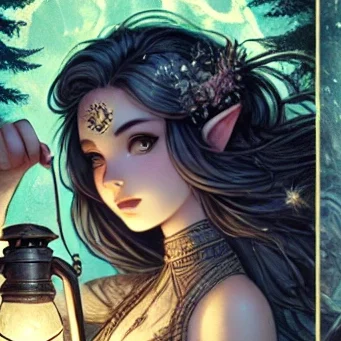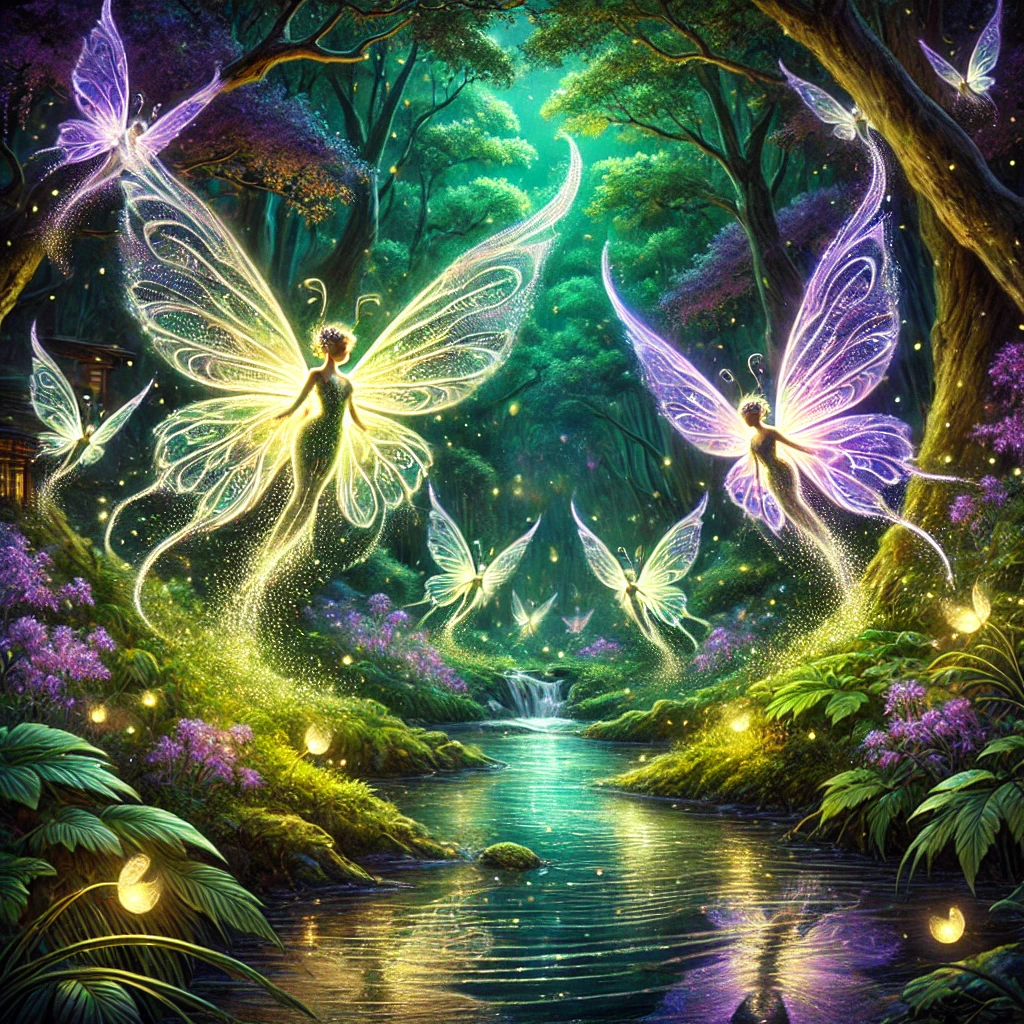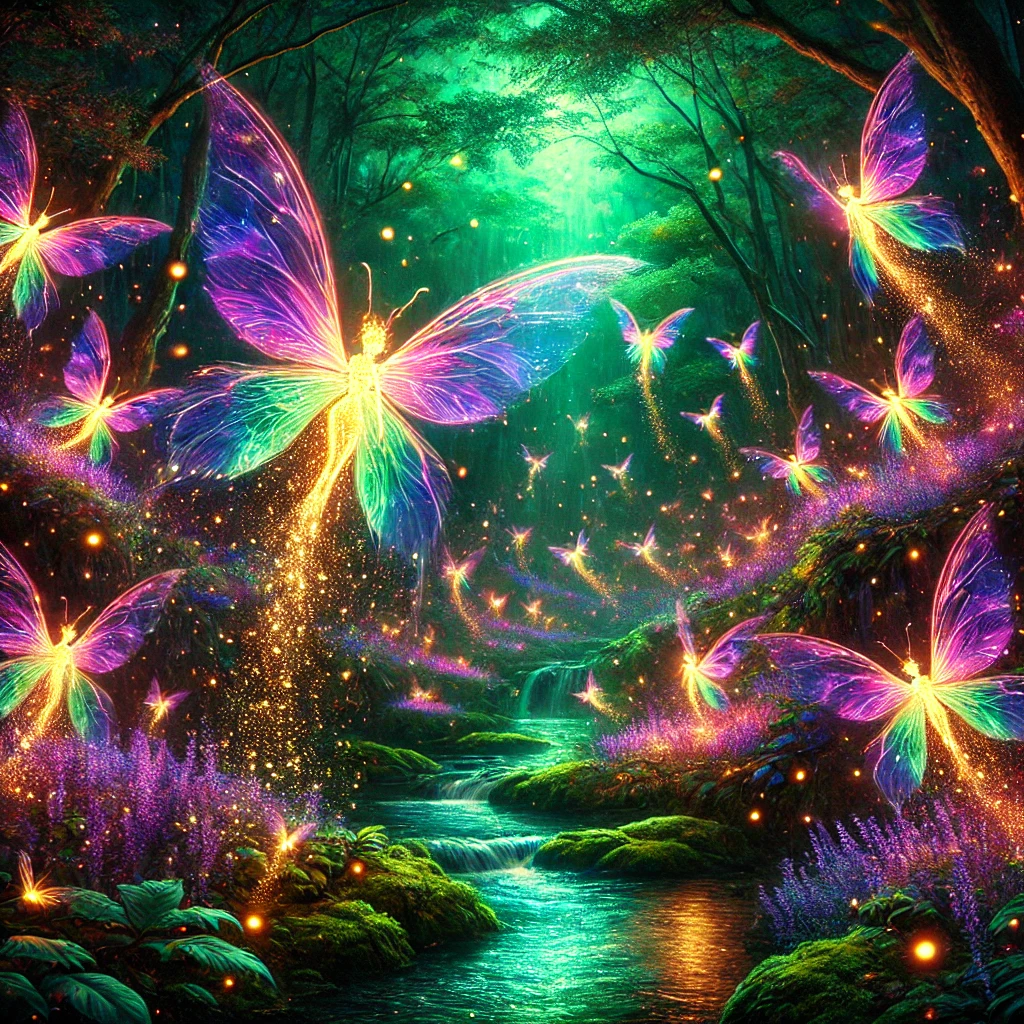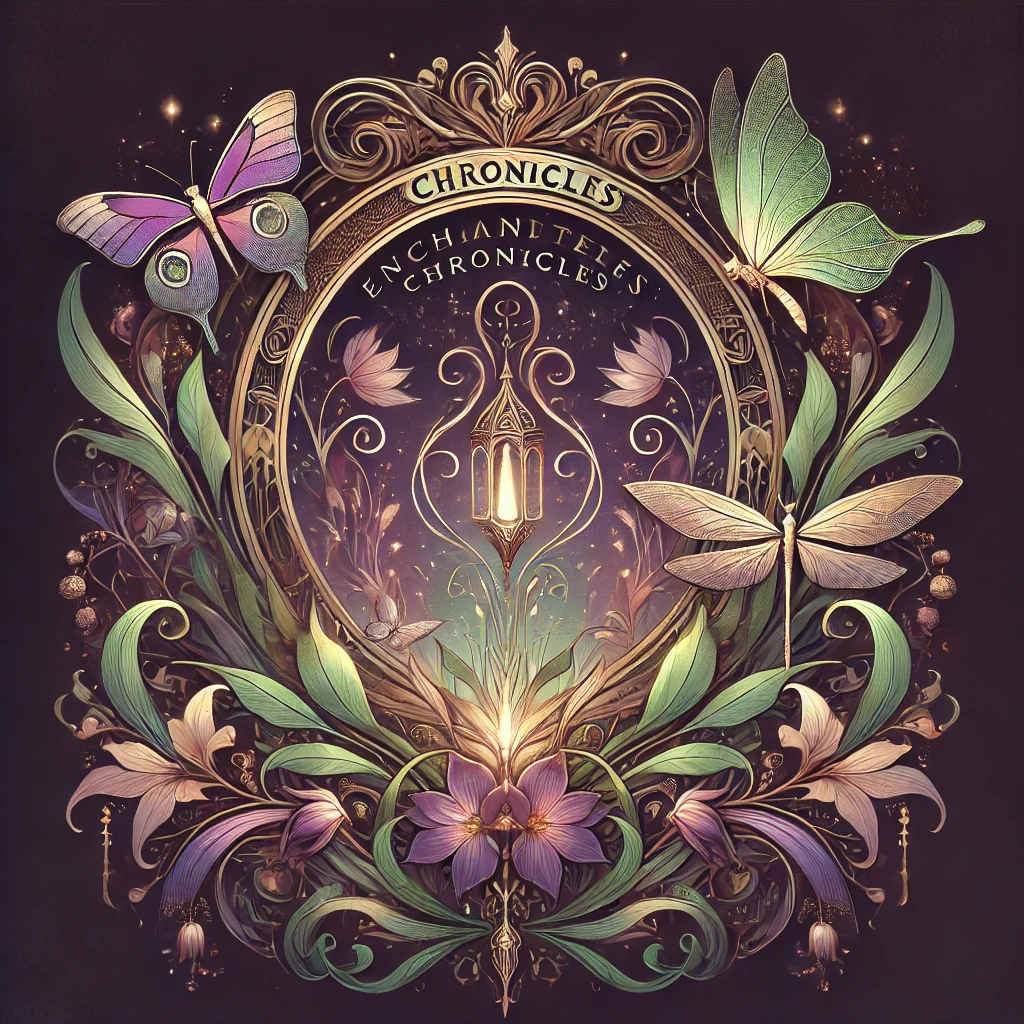The Legend of the Night the Fireflies Became Fairies
On a warm summer evening in ancient Japan, a remarkable transformation took place. The soft glow of fireflies filled the night air, and legend tells us that on this particular night, they were no longer mere insects but fairies, guardians of the rivers and forests. This enchanting tale has been passed down for centuries, captivating generations with its magical explanation of nature’s beauty.

By : Lirael Starwhisper

Origins of the Legend
The legend of the fireflies turning into fairies is believed to date back to the Heian period (794-1185), a time when Japan was deeply influenced by Shinto beliefs. In this era, people saw nature as divine, and it was common to attribute supernatural qualities to animals and insects. Fireflies, or ‘hotaru’ (蛍) in Japanese, were seen as spirits of ancestors or lost souls, lighting up the darkness as a reminder of their presence.
Ancient Japanese poetry, especially in the Manyoshu, Japan’s oldest anthology, often depicted fireflies as symbols of love, fleeting life, and spiritual transformation. The idea that they could be fairies watching over the rivers became a widespread oral tradition among rural communities.
The story goes like this
In ancient times, a young girl named Sayo lived in a small village. She was deeply attached to her younger brother, who tragically passed away from illness. After his death, Sayo grieved deeply and wandered the village every night, hoping to feel a connection with him once more. One evening, as she walked by the river, she saw a glowing light. It was a swarm of fireflies dancing in the night air. As she approached, she realized that the fireflies were forming the shape of her brother, guiding her along the path.
Sayo believed that the fireflies were the spirits of the departed, coming to offer solace to the living. The fireflies would appear at the times of greatest sorrow, reminding the living that their loved ones, though gone, still existed in a different form, always watching over them. In some versions of the story, the fireflies’ glow is said to symbolize the souls of ancestors returning to visit, bringing light and guidance to the living.
This connection between fireflies and spirits is a common theme in Japanese folklore, reflecting the transient nature of life and the continuing bond between the living and the dead.
Historical and Social Context
During the Edo period (1603-1868), fireflies were not only admired for their beauty but also became part of summer traditions. Samurai and noble families would take evening boat rides along the Sumida River, watching the fireflies dance above the water. This appreciation extended into literature and theater, with fireflies symbolizing passion, ephemeral beauty, and even secret lovers.
By the Meiji era (1868-1912), when Japan began modernizing, scientists studied fireflies more intensely, trying to explain their bioluminescence. However, for the general public, the legend persisted. Stories were written in children’s books, and schoolteachers used them as a way to teach respect for nature.
From Oral Storytelling to Written Folklore
Originally, the tale was told by village elders to children as a bedtime story. It was meant to explain why fireflies only appear during summer and why they glow at night. The first written version of the legend appeared in a 19th-century folklore collection, cementing its place in Japanese literature.
Today, the story is still told during summer festivals, often as part of ‘kamishibai’ (paper theater) performances, where illustrated panels help bring the tale to life. This tradition ensures that younger generations continue to embrace the magic of the legend.
How the Legend is Celebrated Today
In modern Japan, the connection between fireflies and fairies remains strong. Several firefly-watching festivals (hotaru matsuri) take place during summer, drawing thousands of visitors to witness these glowing creatures in their natural habitats.
Popular Firefly Festivals in Japan
Tsukiyama Firefly Festival (Tokyo): A magical display in a historic garden, where families gather to see fireflies dance among traditional lanterns.
Genji Firefly Festival (Kyoto): Inspired by the Tale of Genji, this event combines firefly viewing with storytelling and tea ceremonies.
Nagoya Firefly Festival: Held in lush forest settings, this festival often includes workshops about fairy folklore and conservation efforts.
Fireflies in Japanese Pop Culture
The legend has also influenced Japanese entertainment. Studio Ghibli’s ‘Grave of the Fireflies’ (1988), while a tragic story, uses fireflies as a metaphor for the spirits of the departed. Many anime and manga feature magical fireflies as guides for lost travelers, keeping the belief alive in modern storytelling.
Traditional Firefly-Inspired Delicacies
In some regions, special dishes are created to celebrate fireflies, including:
‘Hotaru-zushi’ (firefly sushi): Sushi topped with glowing squid to mimic the gentle lights of fireflies.
Firefly-shaped sweets: Often made with sweet bean paste and gold dust to resemble glowing insects.
Why This Legend Still Matters
The tale of fireflies turning into fairies is not just a bedtime story—it’s a reminder of Japan’s deep respect for nature. The legend encourages conservation efforts to protect fireflies, as their numbers have declined due to urbanization.
Today, eco-tours allow visitors to experience firefly-filled forests while learning about the legend’s origins. Schools continue to teach children about the importance of preserving natural habitats, often using the story as an example.
One last word
The night the fireflies became fairies is a story that blends magic, nature, and cultural heritage. Whether through festivals, literature, or storytelling, this legend remains an essential part of Japan’s folklore, inspiring awe and wonder for generations to come. Next time you see a firefly, take a moment to imagine—perhaps it is a fairy, watching over the world with a tiny flicker of light.

Join our community of readers Subscribe To our newsletter!

Enchanted Chronicles: Ignite the Myths Within
Step into a world where ancient myths are no longer confined to books—they are part of your journey.
Sign up for free!
We won’t send you spam.
Unsubscribe at any time.
